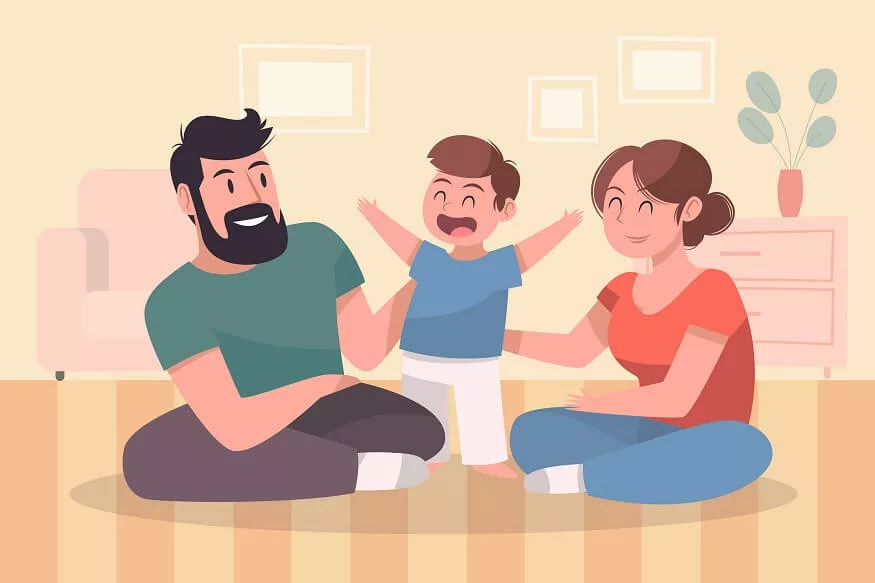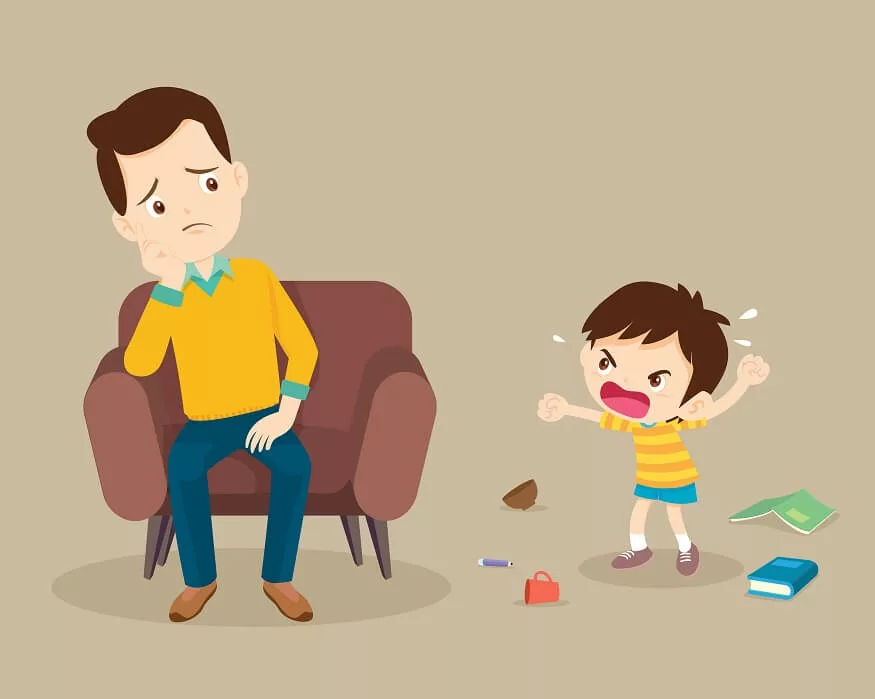The world of parenting is an intricate dance, and one of the key milestones in a child’s development is their language journey. As adorable as baby talk may be, it often leaves parents wondering how best to respond. This guide aims to explore the art of responding when a child uses baby talk, delving into the nuances of encouragement, patience, and the pivotal role parents play in fostering effective communication.
1. Understanding Baby Talk
Before diving into responses, it’s crucial to understand why children resort to baby talk. It’s not a sign of regression but rather a part of their linguistic exploration. Baby talk often stems from a child’s attempt to imitate the speech patterns they observe around them, including adult caregivers or older siblings. It’s a manifestation of their eagerness to communicate and be part of the linguistic tapestry that surrounds them.
2. Encouraging Communication
Responding positively to baby talk is the cornerstone of nurturing a child’s language development. Instead of dismissing or correcting them outright, acknowledge their efforts with enthusiasm. Offer words of encouragement such as, “I love how you’re trying to express yourself!” This positive reinforcement creates a supportive environment that encourages further attempts at communication.
3. The Importance of Patience
Avoid rushing them or expressing frustration. Instead, take the time to listen attentively, nodding and responding in a way that shows you value their attempt to communicate. This patience sends a powerful message that their voice is heard and respected.
4. Modelling Proper Speech
Children are keen observers, and they learn by imitating those around them. To gently guide them towards proper speech, model clear and articulate language. Respond to their baby talk by rephrasing what they’ve said using correct pronunciation and grammar. This indirect correction helps them absorb proper speech patterns without feeling criticised or discouraged.
5. Playful Engagement
Learning is most effective when it’s fun, and language development is no exception. Engage in playful conversations with your child, incorporating games, songs, and stories. Use animated facial expressions and gestures to make the communication process enjoyable. By turning language exploration into a game, you create a positive association with communication and foster a love for language.
6. Creating a Supportive Environment for Language Growth
The home environment plays a pivotal role in a child’s language development. Surround them with books, engage in reading together, and maintain a conversation-rich atmosphere. Encourage interactions not only with you but also with siblings, friends, or extended family members. The more exposure they have to varied language contexts, the more robust their language skills will become.
7. Building Confidence
Confidence is the key to effective communication. Celebrate small victories and milestones in your child’s language journey. Whether it’s a new word, a clearer pronunciation, or an attempt at forming longer sentences, acknowledge and praise their efforts. This positive reinforcement boosts their confidence, motivating them to continue exploring and expanding their linguistic abilities.
8. Redirecting with Gentle Guidance
When baby talk persists and you feel the need for redirection, do so with gentle guidance. Instead of saying, “Don’t talk like a baby,” try, “I love when you use your big, grown-up words. Can you tell me more about that?” This approach encourages them to transition to more mature speech without making them feel self-conscious.
9. Fostering Communication Skills
As a parent or caregiver, your role extends beyond correcting language to actively fostering communication skills. Encourage your child to express their thoughts, feelings, and ideas. Ask open-ended questions that prompt them to articulate themselves more clearly. Engaging in meaningful conversations lays the foundation for effective communication in various contexts.
Also Read: What Are The Key Communication Milestones In Babies And Toddlers?
10. Celebrating Milestones
Every step in a child’s language development is a milestone worth celebrating. Keep track of their progress, whether it’s expanding their vocabulary, improving pronunciation, or expressing more complex ideas. Create a celebratory atmosphere when they achieve linguistic milestones, reinforcing the idea that communication is a journey filled with exciting achievements.
How To Make Learning Fun
Explore various ways to make learning fun for children, particularly in the context of language development.
1. Interactive Games
Introduce language games that involve interaction and participation. Games like “Simon Says” or “I Spy” not only capture a child’s attention but also encourage them to use and understand language in a playful setting. These games can be adapted to focus on specific words, sounds, or even sentence construction.
2. Storytelling Adventures
Transform storytelling into an interactive adventure. Instead of simply reading a story, involve your child by asking them to predict what might happen next, encouraging them to create alternate endings, or even letting them act out parts of the story. This not only enhances their comprehension skills but also makes language more engaging.
3. Rhyme Time
Explore the world of rhymes and rhythmic patterns. Rhyming words not only makes language more enjoyable but also helps children recognize sound patterns, a crucial skill for reading and writing. Create silly rhymes together or sing nursery rhymes with playful gestures to add an extra element of fun.
4. Puzzle Play
Introduce language puzzles that challenge your child’s cognitive abilities. Word puzzles, crosswords, or even simple jigsaw puzzles with letters can be exciting ways to reinforce vocabulary and spelling. As they solve puzzles, children are not just learning words but are also developing problem-solving skills.
5. Creative Arts
Incorporate art into language learning. Allow your child to draw, paint, or craft based on a specific theme or story. As they create, encourage them to describe their artwork, fostering both language and creativity simultaneously. This approach transforms language learning into a multisensory experience.
Also Read: Why the way you talk to your child matters
6. Outdoor Exploration
Take learning beyond the confines of the home. Explore nature, visit a park, or go on a scavenger hunt. Use these opportunities to introduce new words and concepts related to the environment. The combination of physical activity and language exploration adds an extra layer of excitement to learning.
7. Role-playing
Encourage role-playing scenarios that involve language-rich interactions. Whether it’s playing “teacher and student” or pretending to be characters from a favourite story, role-playing provides a platform for children to experiment with language creatively and imaginatively.
8. Music and Dance
Integrate music and dance into language activities. Create catchy tunes for learning new words or dance to the rhythm of rhymes. The combination of movement and music enhances memory and makes language learning a joyful experience.
Also Read: Decoding Infant’s First Words: Milestones, Significance
EuroSchool creates a supportive environment, modelling proper speech, and celebrating milestones, parents can guide their children towards effective communication.











